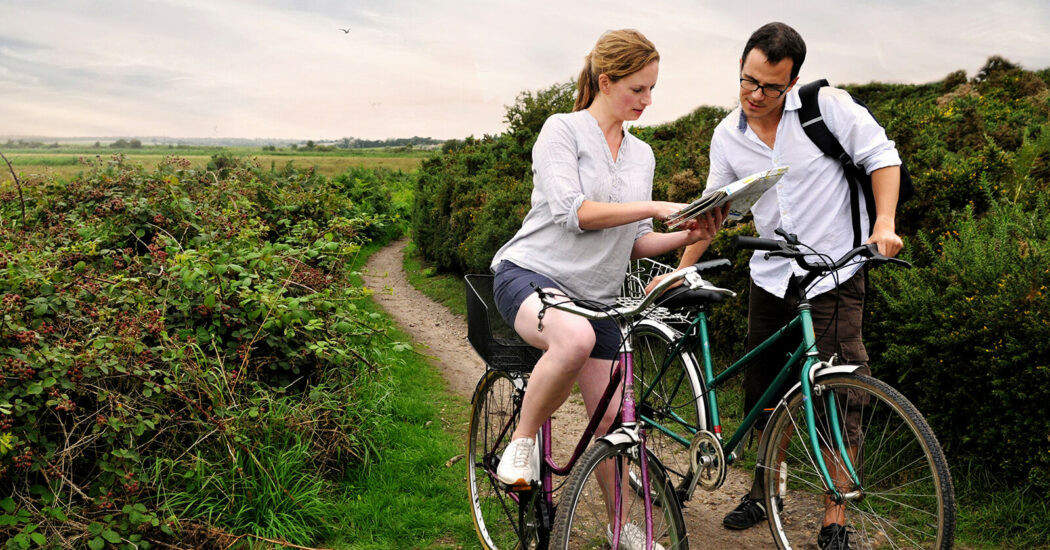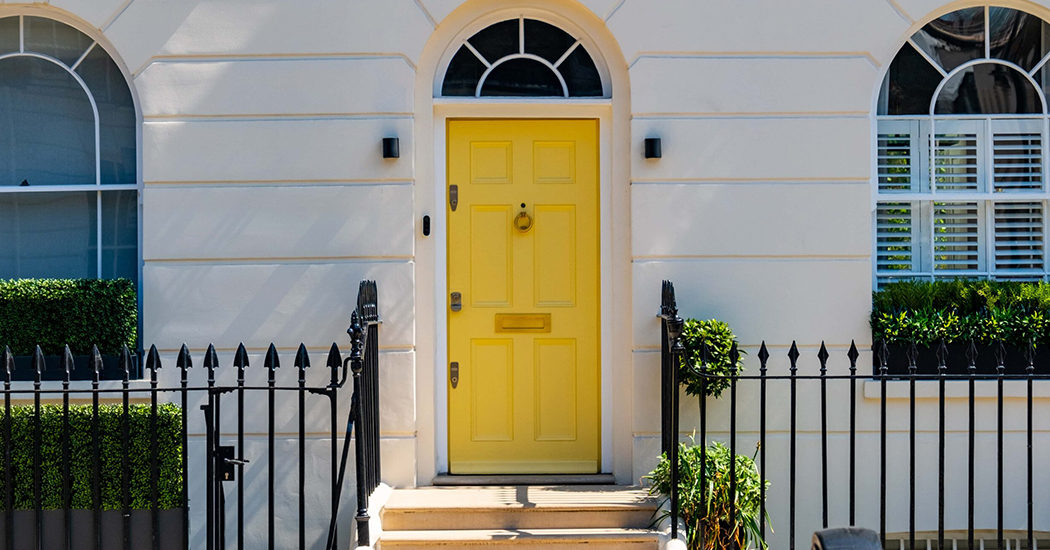According to research by the property portal Rightmove, 93% of parents consider schools when deciding if a location is right for them. An even more recent study by the same company suggests parents can be paying a premium of £52,000 to live in the successful admission area of an ‘outstanding’ state primary. It’s an important consideration when buying a house. If you’re looking to relocate, what are the factors you should consider when choosing a new primary school?
Why location is important when choosing a primary school
For those wanting their child to attend state schools, or whose children will be attending a private school but nor boarding, location is vitally important. Although local authority’s admissions criteria may differ from area to area, often it will be based on proximity to the school. In some instances, being at the wrong end of the street can mean you fall outside of a catchment area.
Rightmove’s School Checker gives you access to previous admissions criteria and academic inspection reports for primary and secondary schools across Great Britain. This information can be found on any property listing on the portal, and may help when deciding on where to buy a house.
How to find local primary schools in Suffolk, Essex and Cambridgeshire
For a list of primary schools in your area, the government information website – School Performance Tables would be a good starting point. From here you can access their previous exam and test results, Ofsted reports and financial information.
Your Local Education Authority (LEA) website will also have information on local schools and admissions criteria.
For a list of schools in each county in East Anglia, just click on the following links:
Things to consider when choosing a primary school
- Distance to your home
- Where your child’s friends are going
- Ofsted reports
- Local opinion
If relocating from a city school to a rural primary, there may be a big difference in size. Pupil numbers for a whole school in a rural part of Suffolk may be the same as a year group in your current inner-city school, for example. While this is great for the pupil – teacher ratio, it means the building will be smaller, teacher numbers lower and year groups combined. This may be great for some children, but is something that should be taken into consideration when thinking of moving.
Visit local schools in East Anglia
It’s very important to visit a range of schools in the area to get a feel for their teaching methods and overall culture. You should be shown round by the headteacher, and should be given access to all areas. Try to see how the teachers interact with each other as well as the pupils. How do the children act – are they well mannered? Also look at the displays on the walls. Are they imaginative and vibrant? Is the technology up-to-date? Are there a wide variety of sports teams and after school clubs available? Getting the answers to these questions should give you a good feeling about the school, allowing you to make an informed choice.
Need help relocating to Suffolk, Essex or Cambridgeshire?
83% of parents would consider moving to be near a good school. Our seven prominently located offices are ideally situated to assist clients relocating within Suffolk, Essex and Cambridgeshire. Additionally, our London office is experienced in helping city dwellers move to the East Anglian countryside. Why not get in contact and see how we can help?







